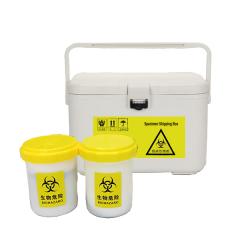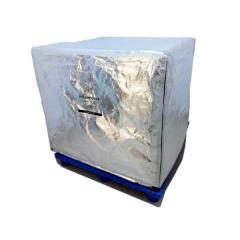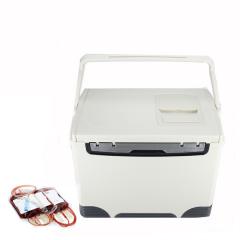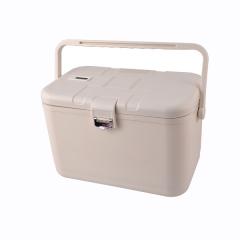Vaccine storage and cold chain management are critical components of the overall vaccine logistics process. They play a vital role in preserving the efficacy and potency of vaccines, ensuring that they remain safe and effective from the moment they are manufactured until they are administered to individuals.
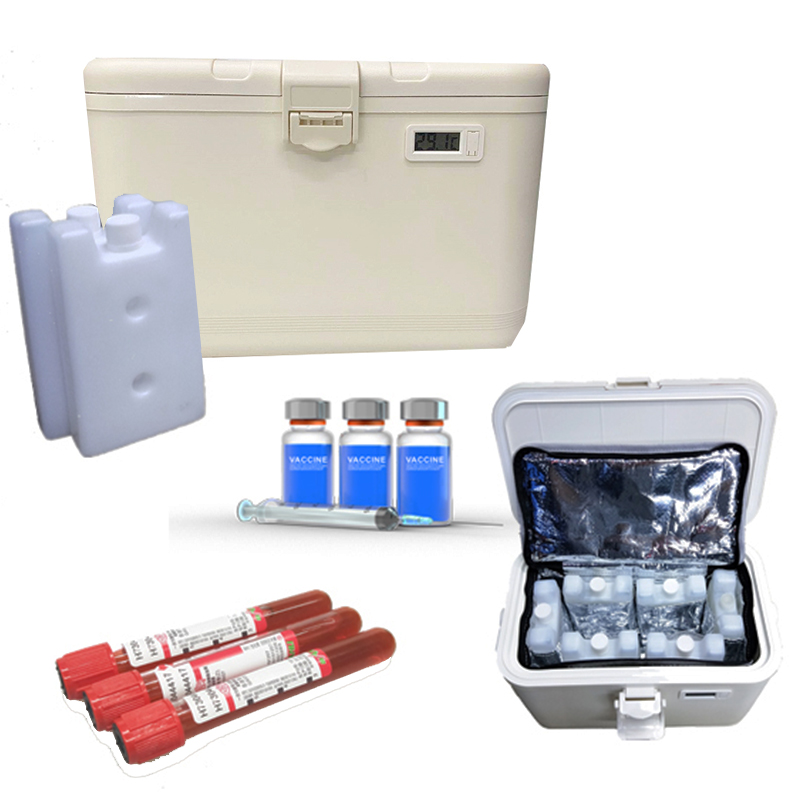
One of the crucial aspects of vaccine logistics is cold chain management. Vaccines are delicate and sensitive biological products that require specific temperature control throughout their journey. From the moment they are produced to the moment they are administered, vaccines need to be kept within a narrow temperature range to maintain their effectiveness. This means carefully monitoring and maintaining the temperature at every step of the process, from storage facilities to transportation vehicles, and even during the actual vaccination process.
Cold chain management refers to the systematic approach of maintaining a continuous temperature-controlled environment throughout the entire vaccine supply chain. It involves a series of carefully coordinated steps to keep vaccines within specific temperature ranges, typically between 2 to 8 degrees Celsius (35.6 to 46.4 degrees Fahrenheit).
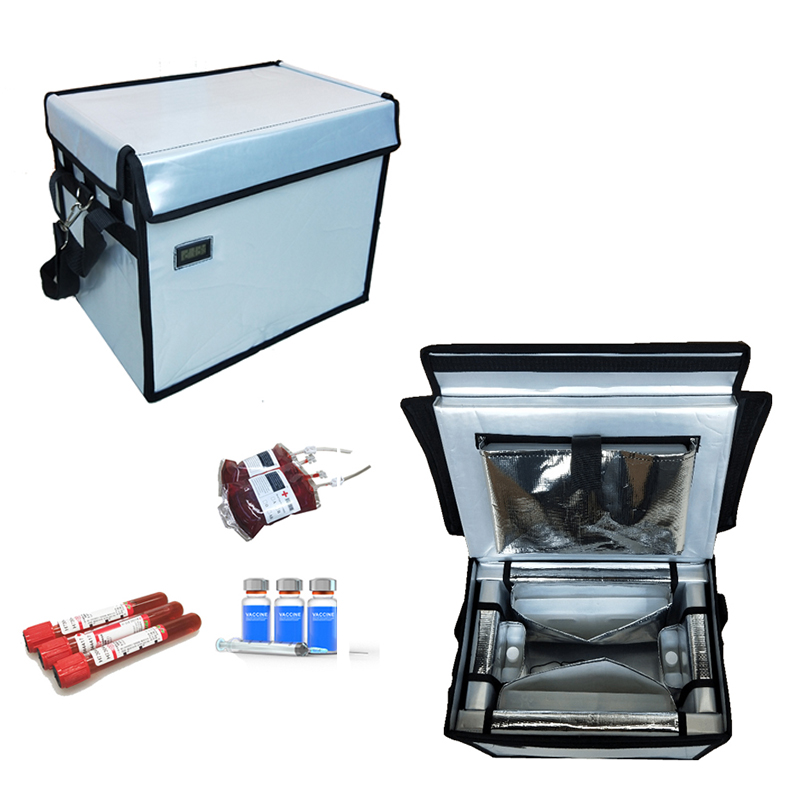
The role of cold chain management is twofold: preservation and protection. First and foremost, it ensures that vaccines are preserved at the correct temperature to maintain their potency. Vaccines are formulated with specific ingredients, such as live attenuated viruses or proteins, which can become less effective or even lose their protective qualities if exposed to temperatures that are too high or too low. By carefully monitoring and controlling the temperature, cold chain management helps to preserve the integrity and efficacy of vaccines, ensuring that they can effectively prevent diseases.
Secondly, cold chain management acts as a protective shield against temperature fluctuations and exposure to adverse conditions. Vaccines can encounter various challenges during transportation, such as extreme weather conditions, long distances, or unreliable storage facilities. Cold chain management minimizes the risk of temperature deviations that could compromise the vaccines, thereby safeguarding their quality and effectiveness.
The cold chain begins at the manufacturing facility, where vaccines are produced and packaged under controlled conditions. They are then transported in temperature-controlled containers to distribution centers and storage facilities. These facilities are equipped with refrigerators and freezers that maintain the required temperature range for each type of vaccine.

From there, vaccines are distributed to healthcare facilities, clinics, and vaccination centers. During transportation, specialized refrigerated vehicles or cold boxes with temperature monitoring devices are used to ensure that vaccines remain within the specified temperature range.
Once vaccines reach their final destinations, they are stored in refrigerators until they are ready for administration. Vaccinators follow strict protocols to handle and administer vaccines, ensuring that the entire process maintains the necessary temperature controls.

 русский
русский  English
English français
français italiano
italiano español
español português
português العربية
العربية 日本語
日本語 한국의
한국의 magyar
magyar





